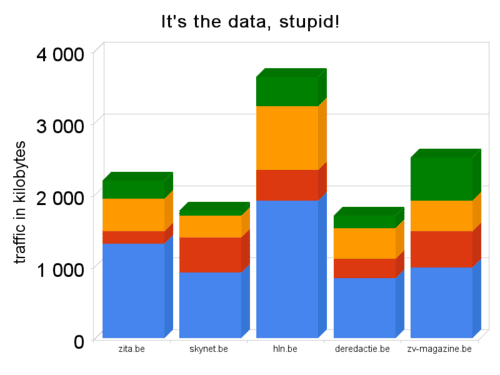![]() Well, checking out the browser, off course!
Well, checking out the browser, off course!
I had the opportunity to ride along with a friend in his brand new Tesla yesterday. Great ride, but you know that already, so I checked out the browser and data connectivity obviously. I visited my own little “ip check” page and saw this in the logfile:
188.207.103.140 – – [05/Feb/2015:12:17:24 +0100] “GET /check_ip.php HTTP/1.1” 200 132 “-” “Mozilla/5.0 (X11; Linux) AppleWebKit/534.34 (KHTML, like Gecko) QtCarBrowser Safari/534.34”
Breaking it down:
- The free mobile data connectivity is provided by KPN (Base) in Belgium (and Holland, probably).
- As per the useragent the car display runs on Linux (that little OS that could is really everywhere these days)
- The browser is QtCarBrowser, which would obviously be built with QT and WebKit. Based on the WebKit version, one can deduct that the version of QT uses is 4.8. As such, QTCarBrowser seems very similar to QTWeb and might indeed be based on it. HTML5test.com rates QTWeb with 204/555, but Tesla’s QTCarBrowser result might still be different off couse.
- The WebKit-version, 534.34, is pretty old and as such dates from mid 2011 (QT 4.8 was released in December 2011). This is close to the version that was used in Safari 5.1 (534.48.3).
I sure hope there are not too many vulnerabilities in those old version of of QT and WebKit, but one does not drive a Tesla to browse the internet, does one? 😉


